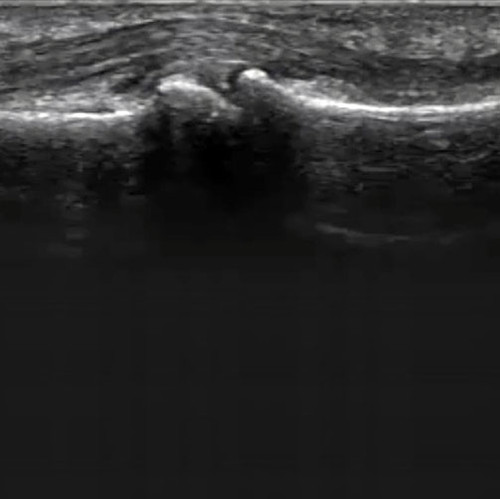The Knee Joint Injection & Aspiration: Ultrasound-Guided Procedure Module starts with a review of the anatomy of the knee joint and relevant surrounding structures. It defines commonly agreed upon indications for knee joint injection/aspiration and reviews the sonographic anatomy and relevant anatomic landmarks that are instrumental to performing the ultrasound-guided procedure. The course discusses procedure preparation and sonographic technique for procedure execution, as well as reviews procedure tips, pitfalls, and potential complications. Acute and chronic pathologic conditions of the knee are briefly discussed, including autoimmune disorders, trauma, osteoarthritis, neoplasms, and crystalline arthropathies. One is able to develop the requisite cognitive task awareness and visuospatial skills required to perform ultrasound-guided knee joint injection and aspiration through the two hands-on simulation cases.
This activity has been planned and implemented in accordance with the accreditation requirements and policies of the Accreditation Council for Continuing Medical Education (ACCME) through the joint providership of the American College of Emergency Physicians, the Illinois College of Emergency Physicians, and SonoSim, Inc. The American College of Emergency Physicians is accredited by the ACCME to provide continuing medical education for physicians.
The American College of Emergency Physicians designates this enduring material for a maximum of 2 AMA PRA Category 1 Credits™. Physicians should claim only the credit commensurate with the extent of their participation in the activity.
Approved by the American College of Emergency Physicians for a maximum of 2 hours of ACEP Category I credit.












